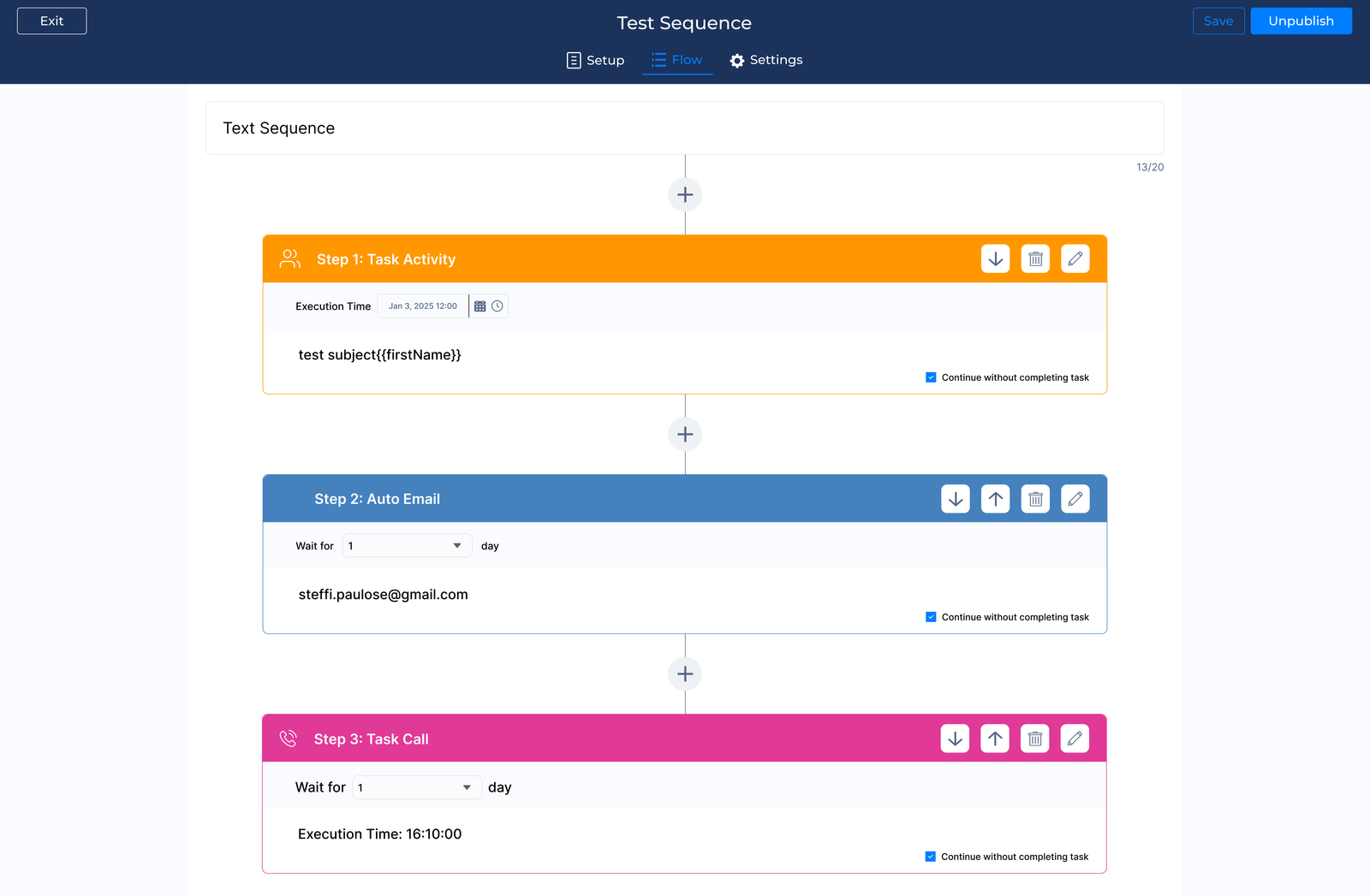1. Lead Management and Scoring
Lead management is a crucial feature that allows sales teams to efficiently organize, track and prioritize potential customers. The software captures lead information from various sources, such as website forms, social media and email campaigns. It then centralizes the data, making it easily accessible to the sales team. Lead scoring is an integral part of the feature, automatically assigning values to leads based on predetermined criteria like demographics, behavior and engagement level.
2. Email Automation and Tracking
The feature streamlines email communications with prospects and customers. It allows sales teams to create templates, schedule emails and send personalized messages at scale. The tracking component provides valuable insights by monitoring email opens, clicks and responses. The data helps sales reps understand prospect engagement and tailor their follow-up strategies accordingly.
3. Automated Lead Nurturing
Automated lead nurturing helps maintain consistent communication with prospects throughout the sales cycle. The feature enables the creation of targeted content that is automatically sent to leads based on their behavior, interests, or position in the sales funnel. Automated lead nurturing keeps prospects engaged, educates them about products or services, and gently guides them toward a purchase decision.
4. Sales Pipeline Visualization
The feature provides a visual representation of the sales process, typically in the form of a funnel or kanban board. Sales teams can track deals at various stages, from initial contact to closed sales. The visualization helps identify bottlenecks in the sales process, forecast revenue and understand which deals need immediate attention.
5. Workflow Automation
Workflow automation reduces manual tasks by setting up rules and triggers for various actions. Let’s assume that it can automatically assign leads to specific sales reps based on criteria like geography or deal size, send follow-up emails, or create tasks when a deal moves to a new stage. The feature saves time, ensures consistency in following sales processes and reduces the chances of human error.
6. Contact Management
A robust contact management system is at the heart of any sales automation software. It stores comprehensive information about leads, prospects and customers in a centralized database.
It includes contact details, communication history, deal information and custom fields relevant to the business. Advanced systems often include features like duplicate detection, data enrichment and integration with social media profiles to provide a 360-degree view of each contact.
7. Reporting & Analytics
The feature provides insights into sales performance through customizable dashboards and reports. Teams can track key performance indicators (KPIs) such as conversion rates, average deal size, sales cycle length and revenue by product or sales rep. Advanced analytics may include predictive forecasting, trend analysis and AI-powered insights. The tools help sales managers make data-driven decisions, identify areas for improvement and strategize for future growth.
8. Automated Sequences
Automated sequences, also known as drip campaigns or cadences, allow sales teams to create a series of pre-planned touchpoints with prospects. It can include a mix of emails, phone calls, social media interactions and other activities, scheduled at specific intervals. The sequence can be tailored based on prospect responses or lack thereof. The feature ensures consistent follow-up, reduces manual effort and helps maintain engagement with prospects over time.




















